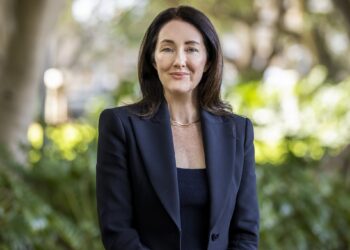More Australians are planning on working past 65 for either social or financial reasons, according to new research from the Association of Super Funds Australia.
The research showed although a small percentage of Australians believe they will never be in a position to finish working, many no longer view 65 as the age of retirement.
A representative survey of 1,500 Australians found views on pathways to retirement vary greatly, with a striking number of working Australians from all age groups saying they want to maintain part-time or casual work in retirement in order to “keep occupied.”
Furthermore, the research indicated that retirement is not “one size fits all” and of those aged 65-plus and still working, around 25 per cent plan to keep working to stay socially engaged.
Additionally, around 14 per cent of over-65s who are still working believe they will never be able to retire, largely due to financial reasons, equivalent to around 3 per cent of the total population of people aged 65 years and over.
ASFA said more than 20 per cent of workers retire before 60 and, for some, retirement occurs earlier than they would like due to ill health or in order to care for family members.
It said that these results point to the importance of policy settings to accommodate differences in preferences among older Australians and to help boost the superannuation savings of those on lower incomes.
Consequently, ASFA said rules around superannuation accounts need to move with the times and allow people to draw down and top up the same account and, with more people pursuing a patchwork approach to retirement, rules around getting low-cost or no-cost advice from a super fund also need to change.
“This research shows us the days of working to customary retirement age and then putting your feet up are long gone,” said ASFA CEO Mary Delahunty.
“The rules around superannuation need to change to reflect this. Currently, Australians who’ve hit preservation age can’t draw down on their super and top up the same account. Being forced to have two or more accounts – one account to take money from and one to put money into – doesn’t make sense with our modern, fluid approaches to retirement.”
Delahunty said that having options clearly laid out by a financial adviser from a super fund, as the Quality of Advice Review Final Report recommended, could only benefit the hundreds of thousands of Australians deciding how best to manage their finances at this important time.
“Our research shows beyond question that advice reform is vital to ensuring Australia’s super system remains a global leader,” Delahunty said.




